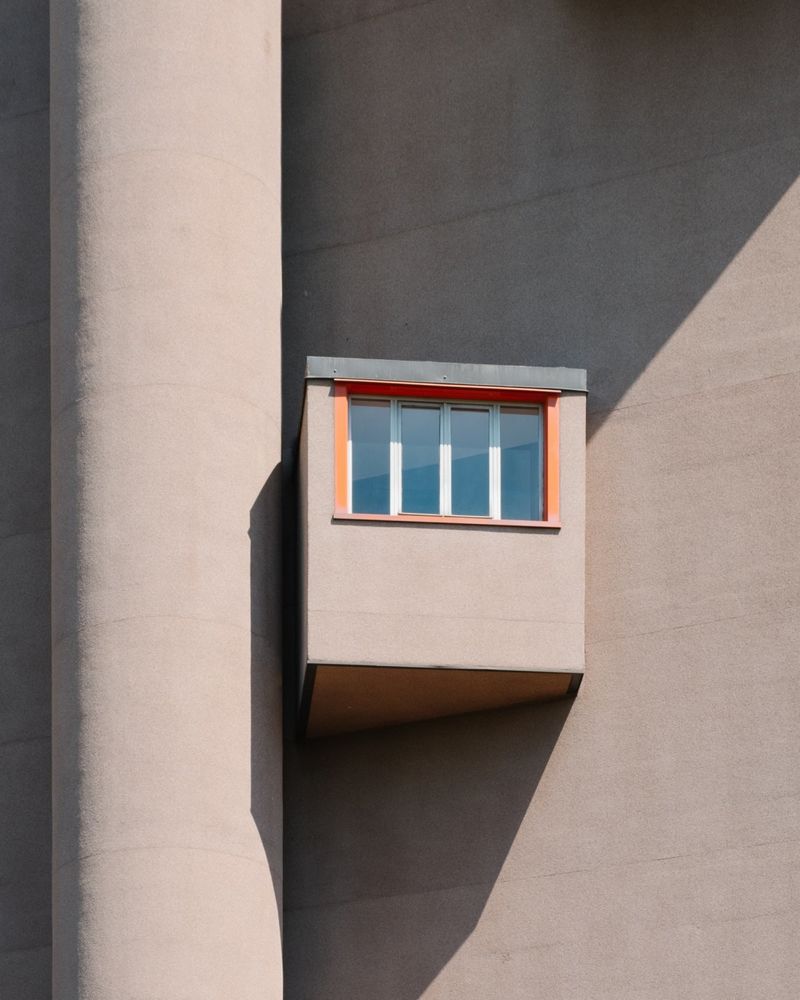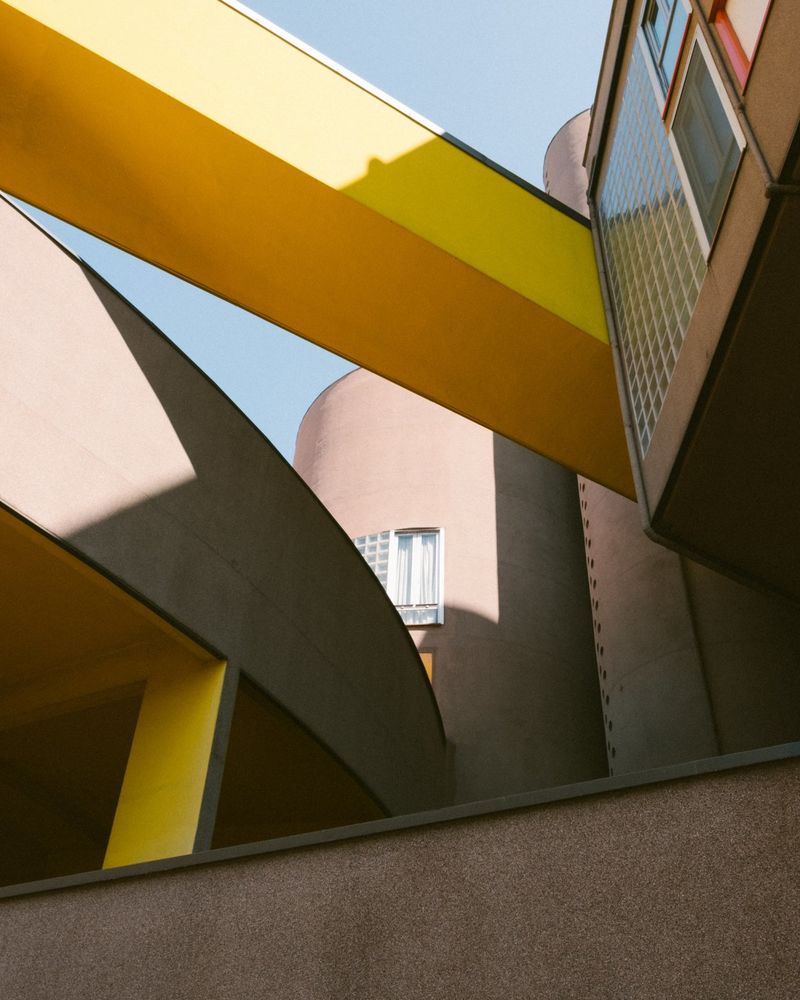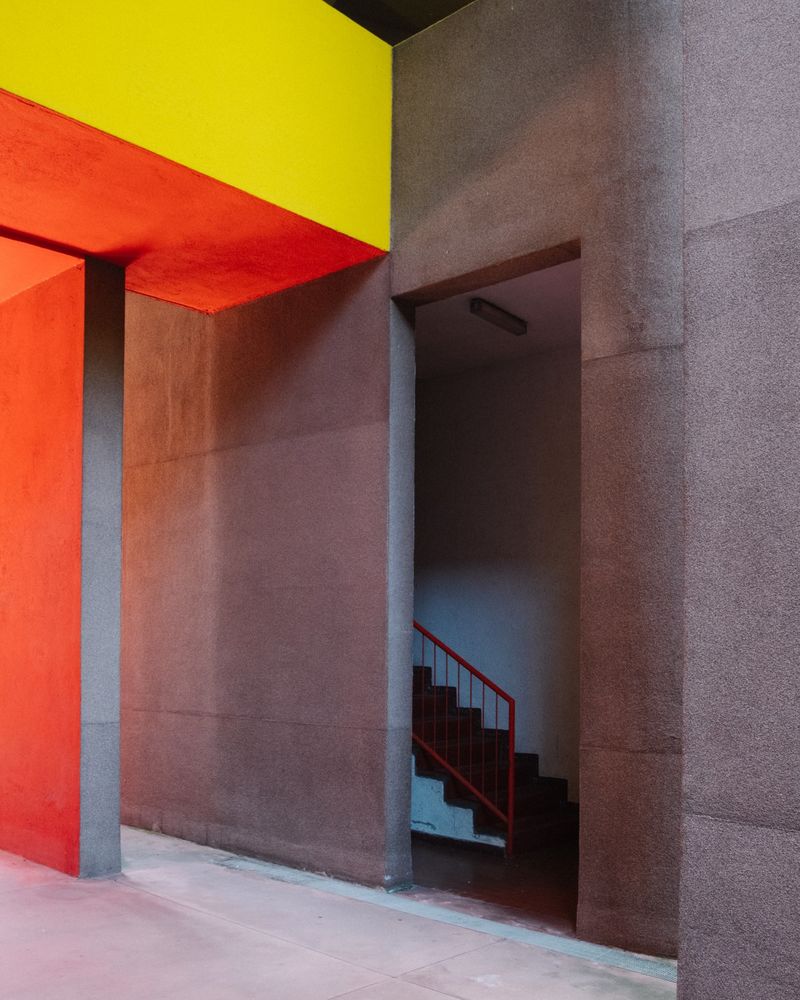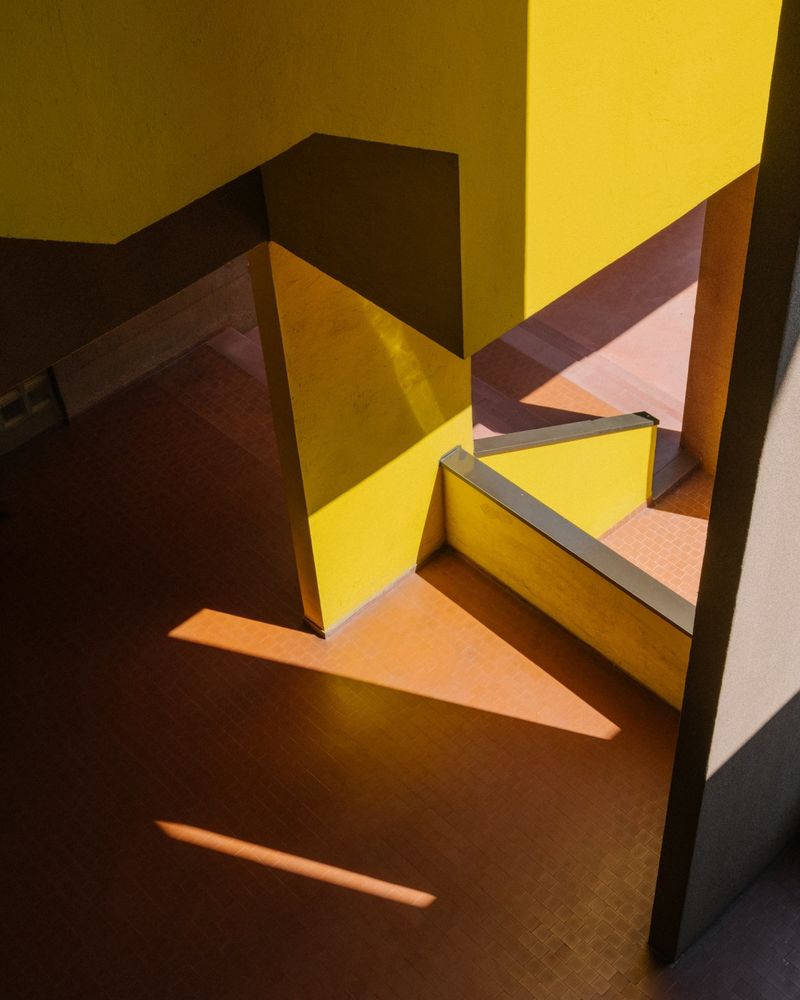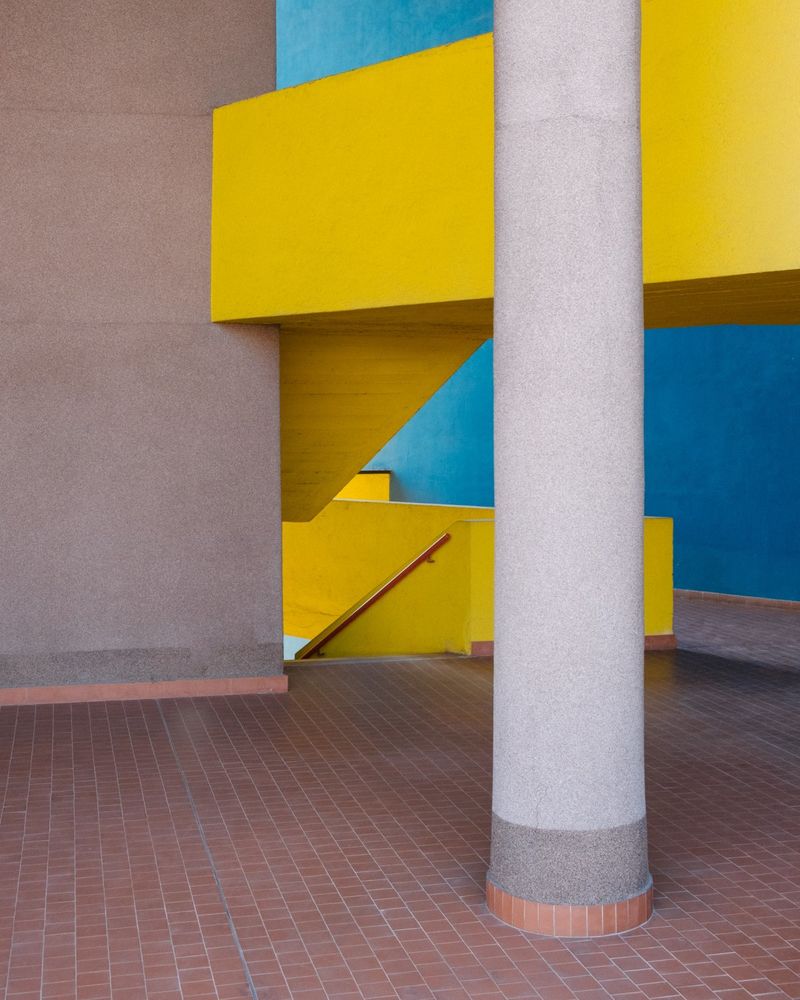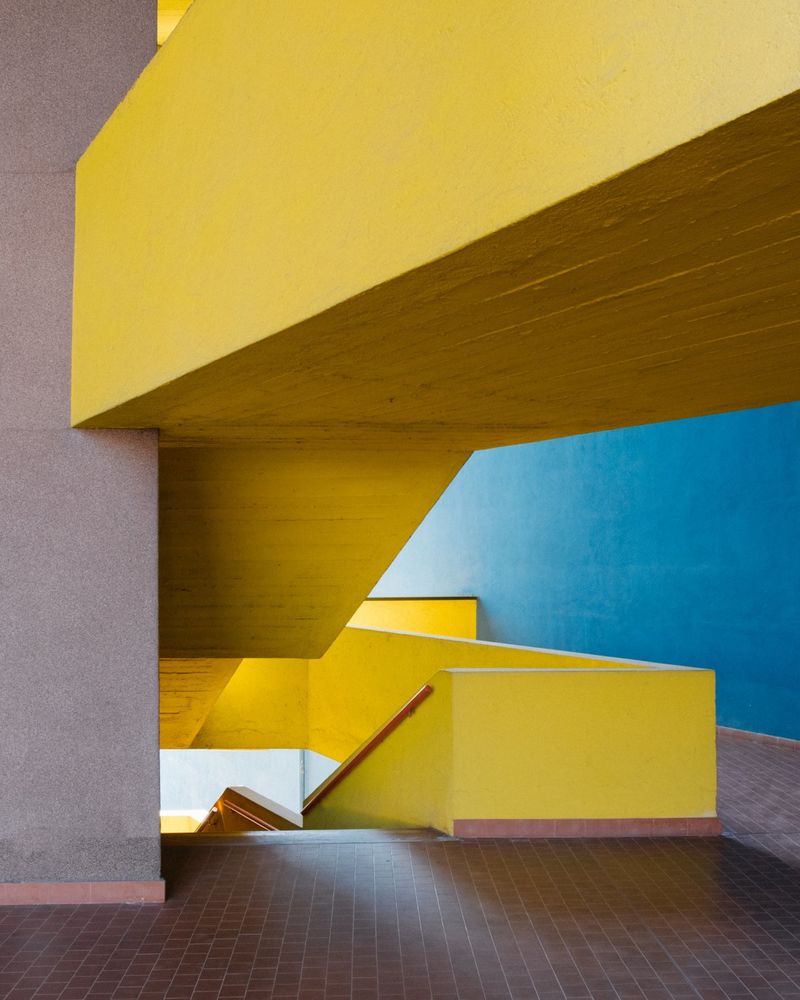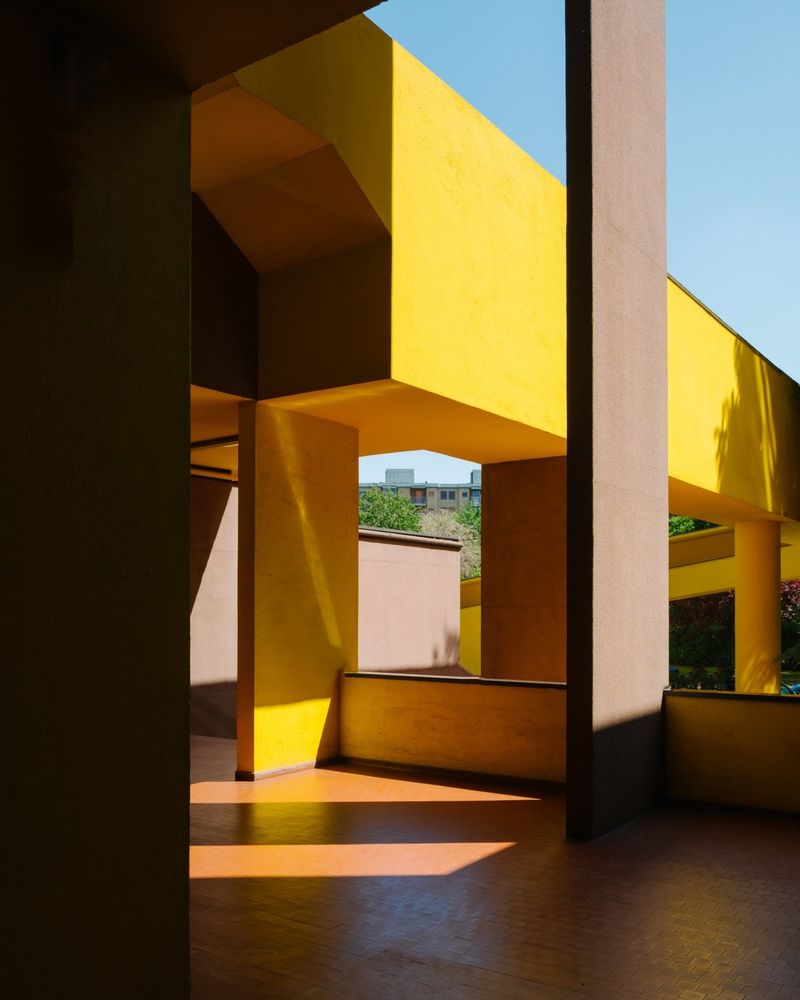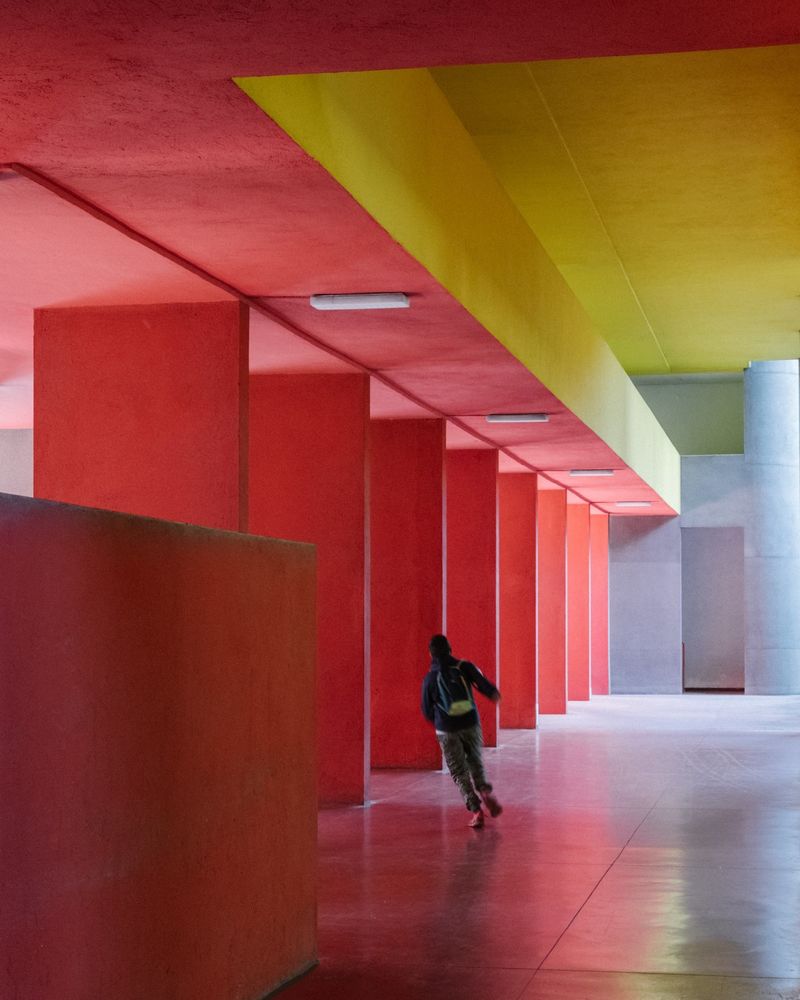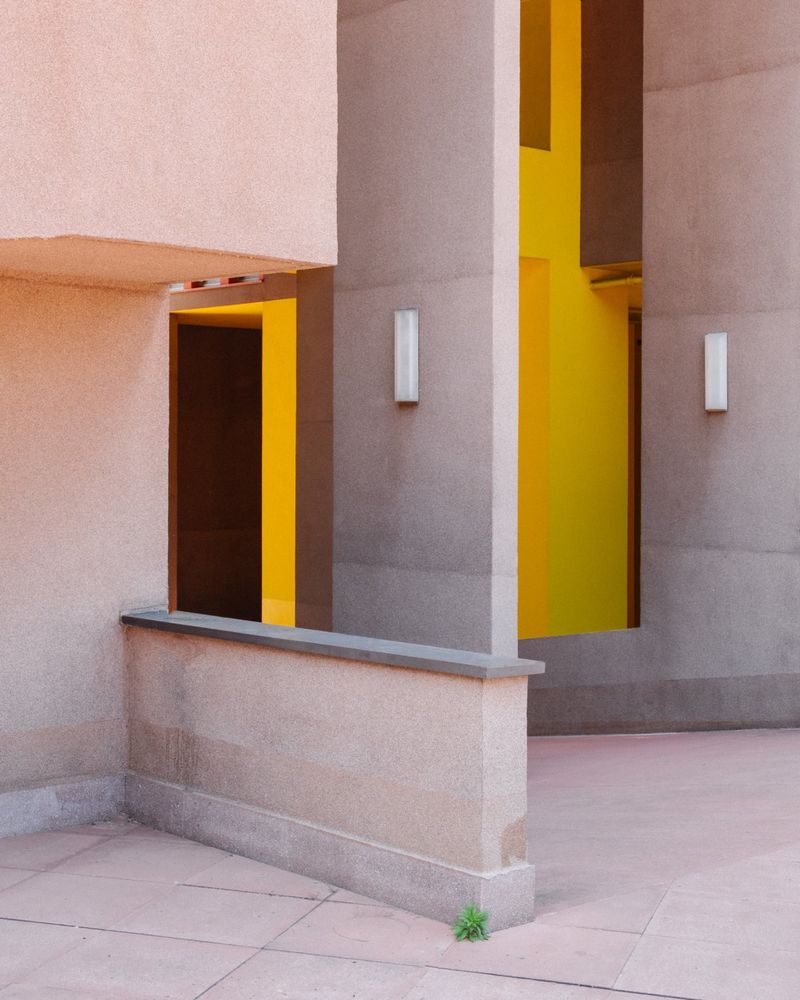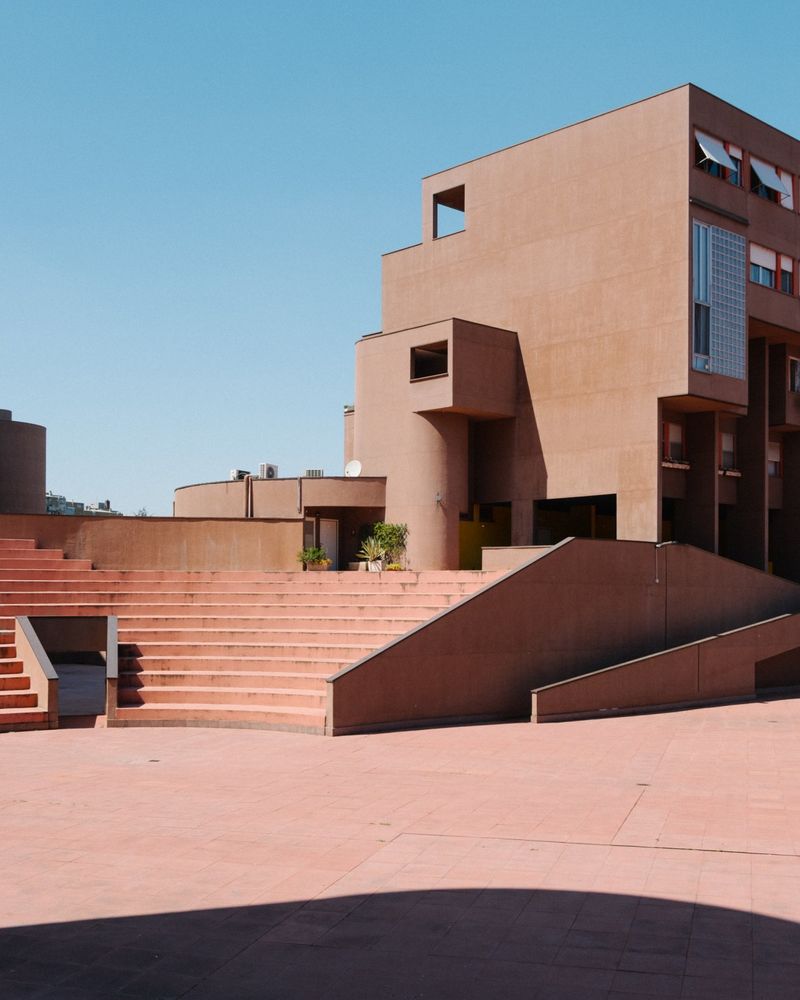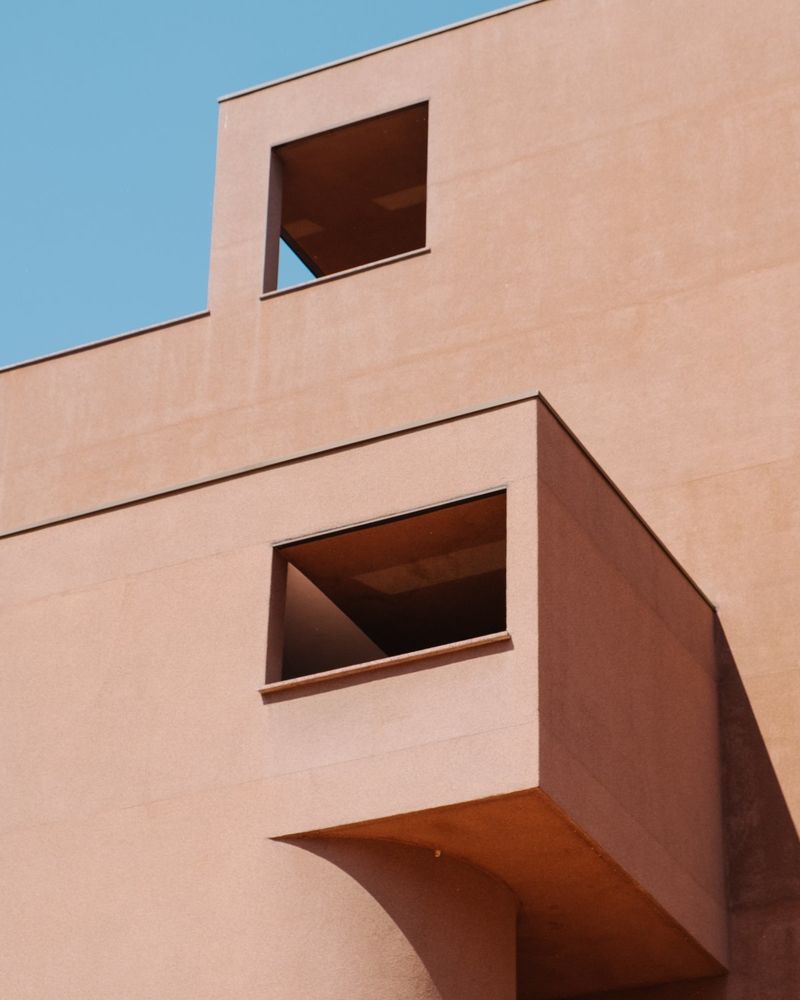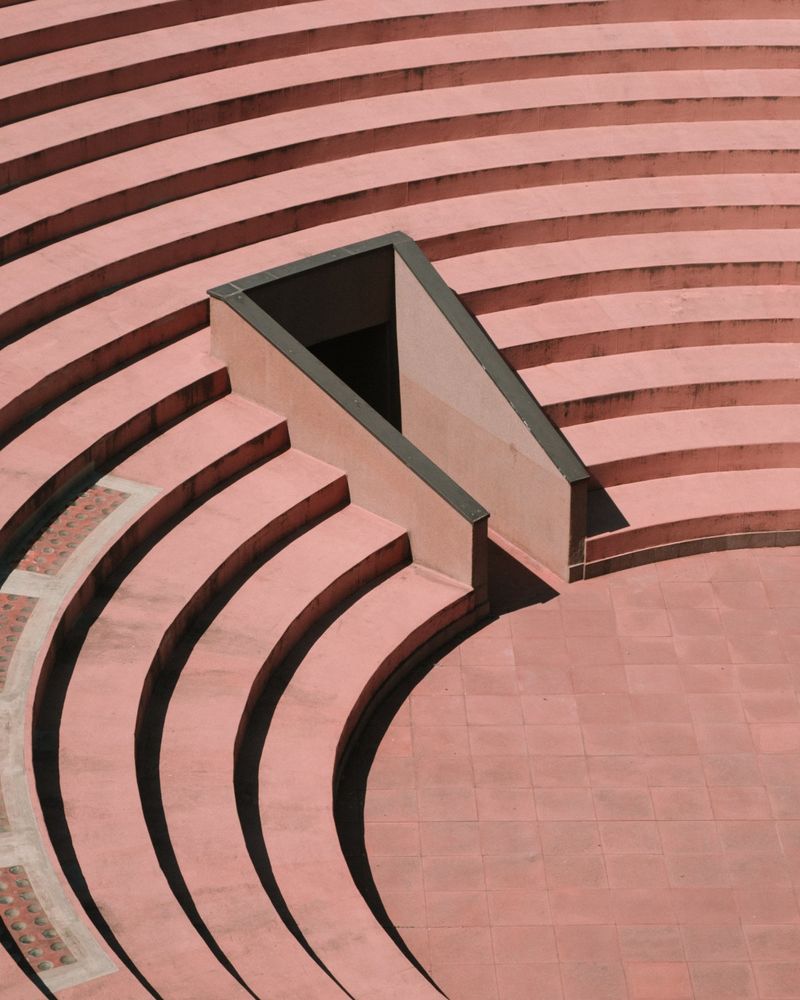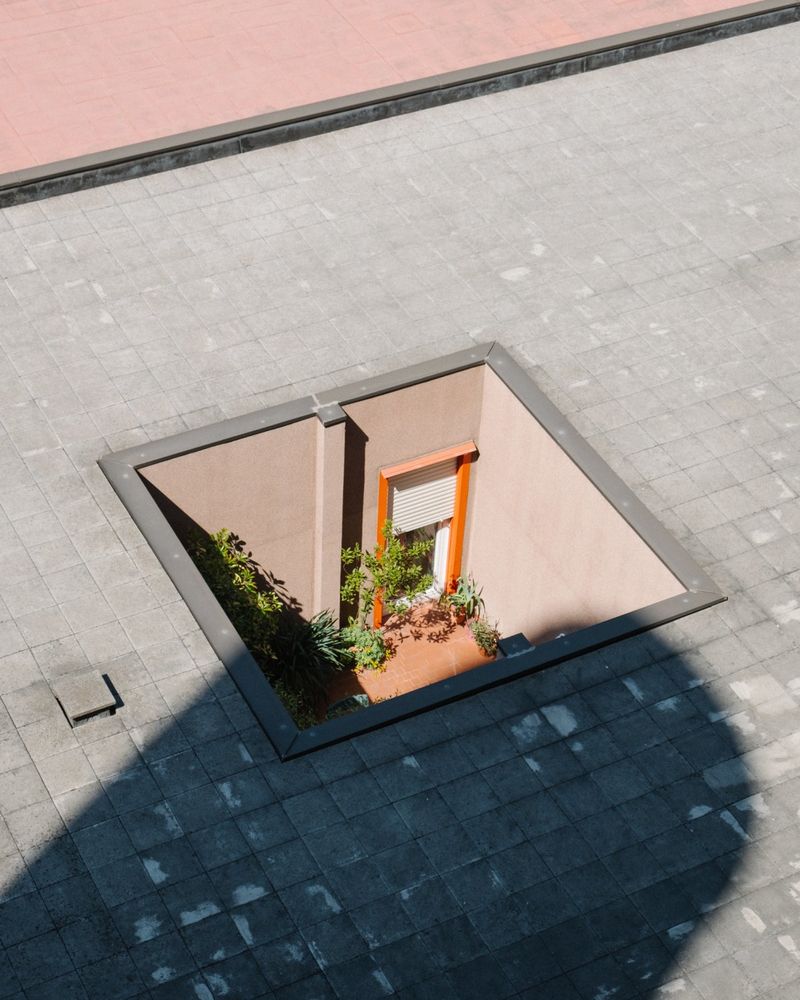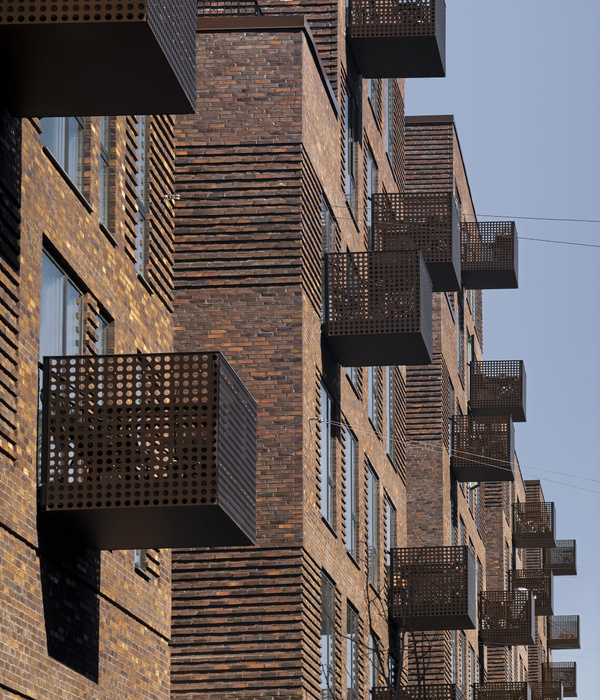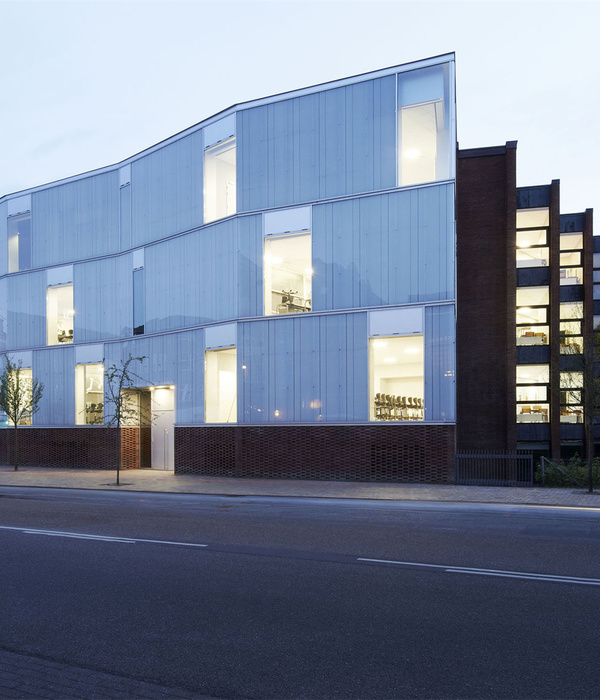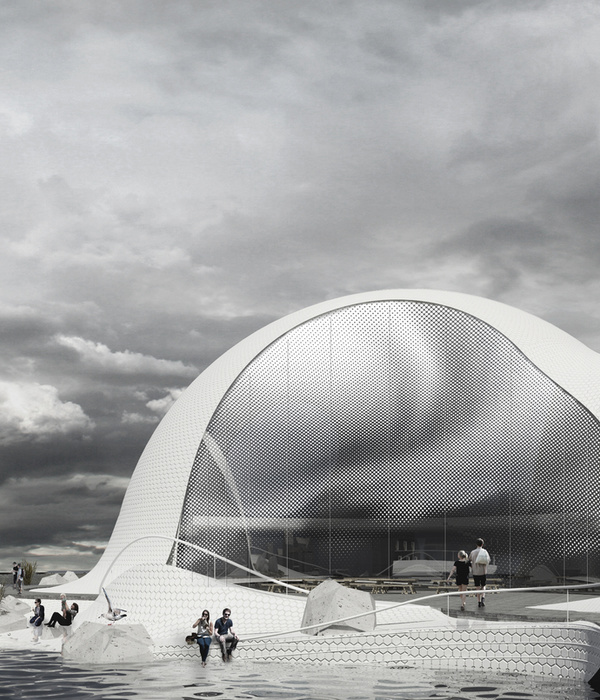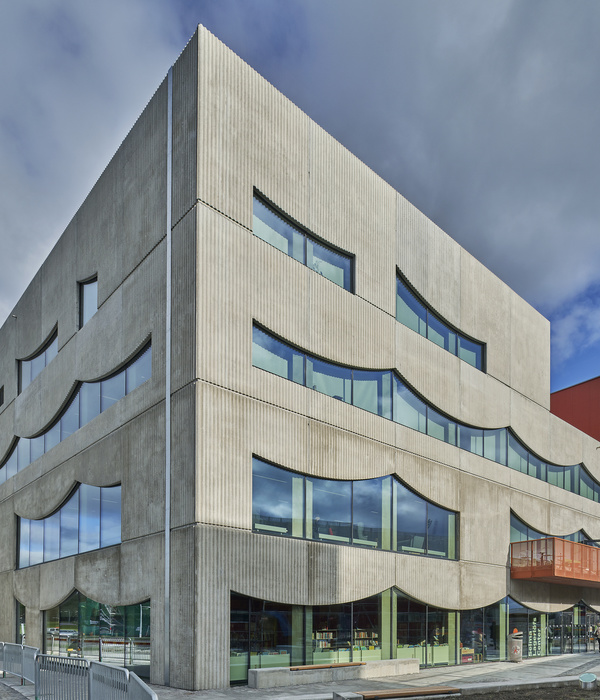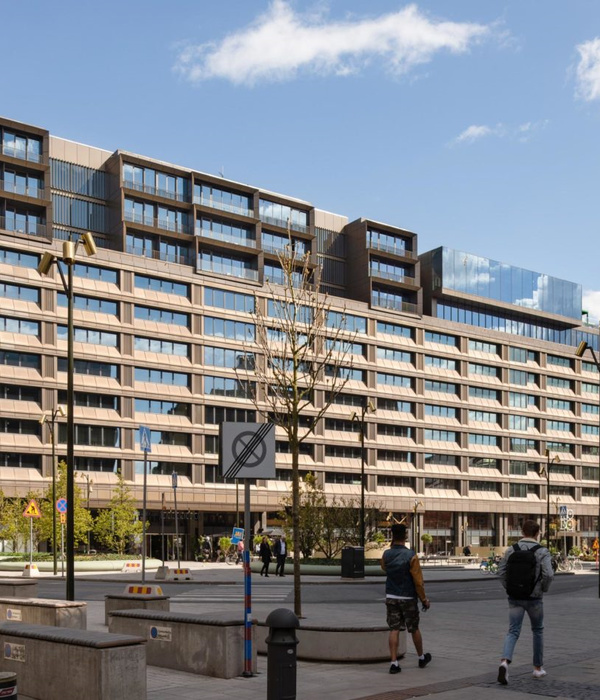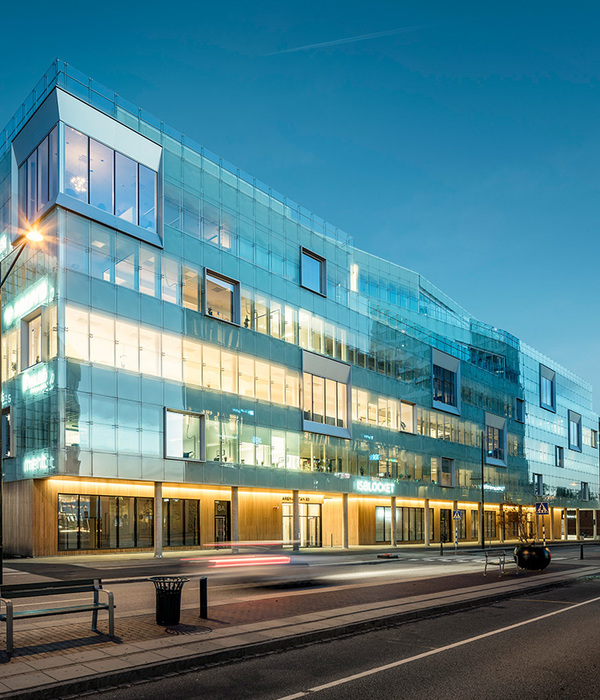Aldo Rossi 设计的米兰 Gallaratese 社区 | 现代主义与乌托邦的完美融合
随着第二次世界大战的尘埃落定,欧洲大部分地区的住房严重短缺。在米兰,为了应对危机,起草了一系列计划,为意大利北部城市规划了卫星社区,每个社区将容纳5万至13万人。第一个社区于1946年,即冲突结束后一年开始建设;十年后的1956年,Il Piano Regolatore General--一个新的总体规划的通过,为第二个社区的发展奠定了基础,该社区被称为 "Gallaratese"。
As the dust settled following the Second World War much of Europe was left with a crippling shortage of housing. In Milan, a series of plans were drafted in response to the crisis, laying out satellite communities for the northern Italian city which would each house between 50,000 to 130,000 people. Construction the first of these communities began in 1946, one year after the end of the conflict; ten years later in 1956, the adoption of Il Piano Regolatore Generale—a new master plan—set the stage for the development of the second, known as 'Gallaratese'.
新社区的场地被分成第一和第二部分,后者属于Monte Amiata Società Mineraria per Azioni。1967年底,当计划允许私人开发Gallaratese 2号时,该项目委托给了Ayde工作室,特别是它的合作伙伴Carlo Aymonino。两个月后,Aymonino邀请Aldo Rossi为这个建筑群设计一座建筑,两位意大利人开始着手实现他们各自对理想微观社区的愿景。
The site of the new community was split into parts 1 and 2, the latter of which was owned by the Monte Amiata Società Mineraria per Azioni. When the plan allowed for private development of Gallaratese 2 in late 1967, the commission for the project was given to Studio Ayde and, in particular, its partner Carlo Aymonino. Two months later Aymonino would invite Aldo Rossi to design a building for the complex and the two Italians set about realizing their respective visions for the ideal microcosmic community.
他们在项目中采用的形式灵感来自于20世纪50年代一群名为“project X”的现代主义建筑师进行的一系列实验。从勒·柯布西耶的Unité d'Habitation开始,“project X”增加了露天平台和相互连接的桥梁等元素,将孤立的住宅区转化为更加统一的城市区域。
The format they applied to the project drew its inspiration from a series of experiments conducted in the 1950s by a group of Modernist architects named “Project X.” Starting with Le Corbusier’s Unité d’Habitation, Project X added elements like open-air decks and interconnecting bridges to convert the isolated residential blocks into more unified urban districts.
两位建筑师的乌托邦式的城市意识形态融合在一个由五座建筑组成的综合体中:A1、A2、B和C由Aymonino设计,而D则是Rossi的贡献。受阶梯形式、内部和外部循环路径以及Trajan市场等罗马以及蜂窝状空间组织的启发,Aymonino将同样的特征纳入A1和A2,形成场地南部边界的两个8层建筑。
The two architects’ utopian urban ideologies coalesced into a complex of five buildings: A1, A2, B, and C were designed by Aymonino, while D was Rossi’s contribution. Inspired by the stepping forms, interior and exterior circulatory paths, and cellular spatial organization of Roman examples like Trajan’s Market, Aymonino incorporated the same features into A1 and A2, the 8-story blocks which form the southern boundary of the site.
在二者的浅角交汇处,矗立着B,一个6层的板块,从交汇处向北延伸。这个交汇点也是一个户外露天剧场的所在地;在三幢公寓楼的庇护下,两侧是两个三角形的公共广场。Aymonino设计了A1、A2和B三个不同的住宅方案,从可以从公共大厅进入的庭院式公寓到可以从单一内部走廊进入的单元,就像勒-柯布西耶的例子一样。Aymonino的最后一座建筑C是一个两层的连接器,将D区与综合体的其他部分连接起来。
At the point where the two meet at a shallow angle stands B, a 6-story slab which extends north from the intersection. This point of intersection is also home to an outdoor amphitheater; to either side, sheltered by the three apartment blocks, are two triangular piazze for communal use. Aymonino designed A1, A2, and B with a variety of different residential schemes, ranging from courtyard apartments accessible from a public concourse to units accessed from a single interior corridor as in Le Corbusier’s example. Aymonino’s final building, C, is a two-story connector linking D to the rest of the complex.
Architect:AldoRossi
Words:小鹿


